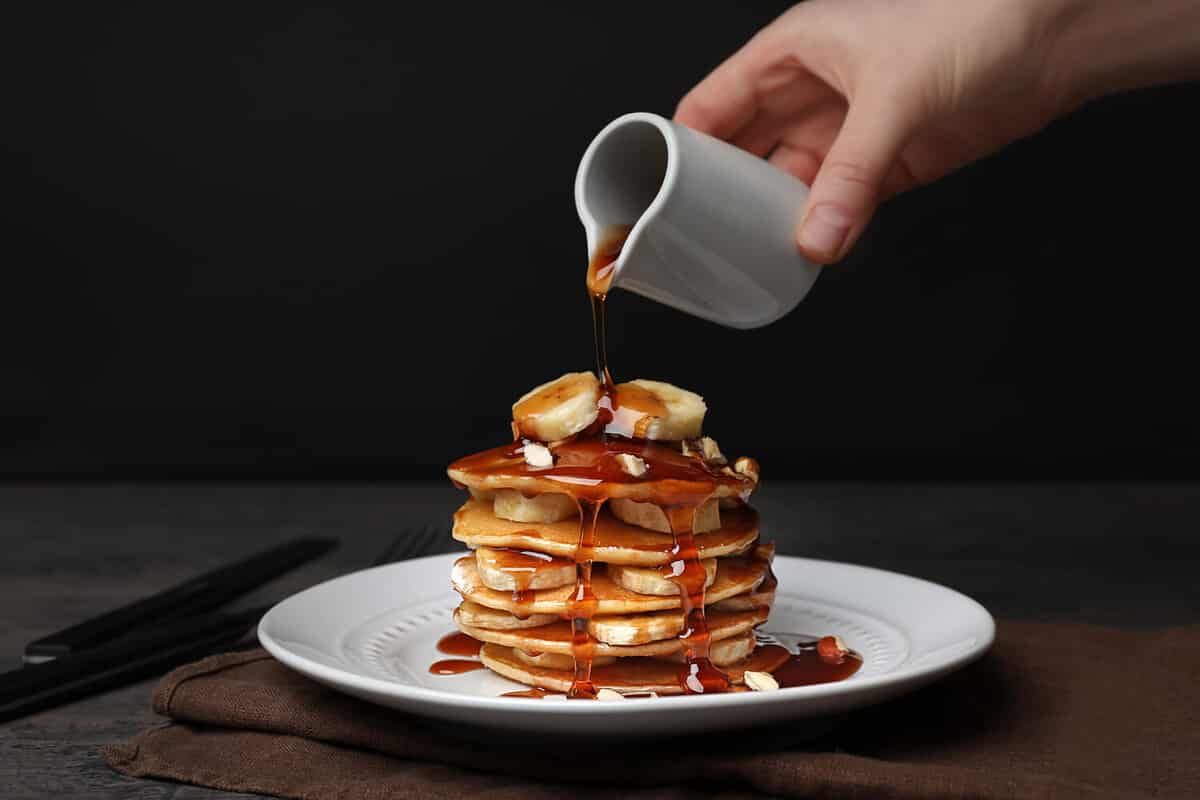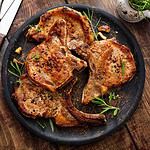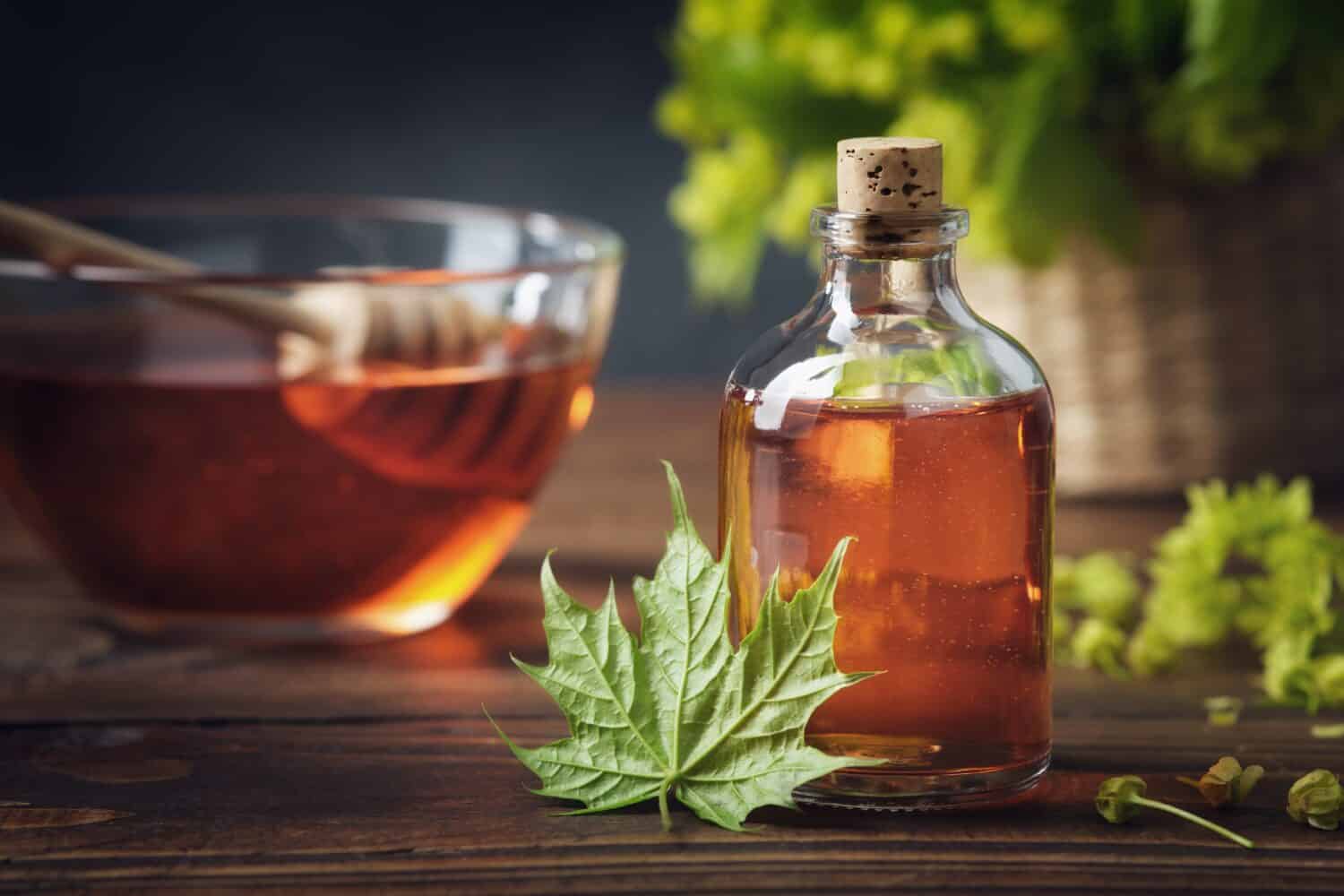There's much debate on whether maple syrup is healthy or not. Maple syrup is a common natural sweetener found in many homes and has been around for centuries. This delicious sweetener is often used in baking, cooking, and even cocktails. It's also quite popular in desserts and pancakes. There are claims that maple syrup is more nutritious and healthier than regular sugar. This is because maple syrup has a low glycemic index; it does not increase blood sugar levels as fast as regular sugar, making it more suitable for those who suffer from diabetes.
However, it is important to note that maple syrup is still a sweetener and can cause weight gain and tooth decay, so it should be enjoyed in moderation. In this article, we will investigate the origins, nutritional profile, and potential health benefits of maple syrup and see if it is actually healthy. We hope you will have a comprehensive understanding of the healthiness of maple syrup and learn how to include it in a healthy, balanced diet.

©New Africa/Shutterstock.com
What is Maple Syrup?
This natural sweetener is made from the sap of maple trees. These trees reserve starch in their roots and trunks before winter. The starch then transforms into sugar, which rises in the sap in the late winter and early spring. Drilling holes in the trunks allows the sap to be collected. It is then heated so that the water can evaporate, leaving the concentrated syrup we all know and love behind.
The Indigenous peoples of northeastern North America were the first to make maple syrup. European colonists adopted the practice and gradually adjusted the production methods. During the 1970s, technological developments improved the preparation of syrup. Furthermore, Canada and the United States produce nearly all of the world’s maple syrup.
Quality
When it comes to the quality of maple syrup, it is ranked by taste and color. It is important to choose high-quality and pure maple syrup for optimum health benefits. Syrups in Canada must be entirely made from maple sap and must also be at least 66 percent sugar. Syrups in the United States cannot be labeled as “maple” unless they are almost entirely made from maple sap. However, states like New York and Vermont have even stricter rules.
Grades and Standards in the U.S.
Maple syrup comes in different varieties: Grade A and Grade B. Grade A is considered light amber, medium amber, and dark amber, whereas Grade B is the darkest syrup. Dark syrups have a stronger flavor and are used more for baking. Lighter syrups are usually used to drizzle on top of foods like flapjacks and pancakes.
According to the USDA, the U.S. Grade A is the quality of maple syrup that:
- The solids content should not exceed 68.9 percent by weight (Brix).
- It should have a good uniform color.
- Maple syrup should have a good smell and flavor.
- Does not contain any off flavors or smells that are considered as damage.
- It should be clean and not cloudy or have any sediments in it.
- Damage deviants are not allowed.
Is Maple Syrup Healthy?
Maple syrup is sweet and contains various nutrients that benefit the body. According to research, there are nutritious vitamins and minerals found in 100% pure maple syrup. About 72% of the daily nutritional requirements of manganese, 6% of calcium, 27% of riboflavin, and 17% of copper can be found in a 60 ml serving of maple syrup. Furthermore, there is 78.2 mg of polyphenols in 60 ml of maple syrup. However, at the moment, there is no recommended daily allowance. Research conducted by Dr. Navindra Seeram from Rhode Island discovered that there are 67 polyphenols in maple syrup; one of these is called Quebecol.

©Sweet Memento Photography/Shutterstock.com
| Maple Syrup | Amount Per 60 ml |
|---|---|
| Calories | 220 |
| Total Fat | 0.1 g |
| Saturated Fat | 0 g |
| Cholesterol | 0 mg |
| Sodium | 0 mg |
| Potassium | 200 mg |
| Total Carbohydrates | 54 g |
| Dietary Fiber | 0 g |
| Granulated Sugar | 68 g |
| Protein | 0 g |
| Vitamin C | 0 % |
| Iron | 0.4 mg |
| Manganese | 1.65 mg |
| Magnesium | 15 mg |
| Calcium | 75 mg |
| Vitamin D | 0 % |
| Copper | 0.15 mg |
| Zinc | 0.3 mg |
| Riboflavin | 0.35 mg |
| Thiamine | 0.05 mg |
| Niacine | 0.2 mg |
| Sugars | 53 g |
Benefits of Maple Syrup
Maple syrup contains many vitamins, antioxidants, flavonoids, minerals, and phenolics. All of these antioxidants help aid inflammation and oxidative stress within the body. These conditions are known to be risk factors that contribute to heart disease.
Furthermore, in 2017, at the 253rd annual meeting of the American Chemical Society (ACS), scientists shared their research on the potential impact of several areas in which maple syrup can improve chronic inflammation. These included liver disease, metabolic syndrome, and brain health. They also mentioned the benefits of promoting a healthy gut. Scientists at the University of Rhode Island discovered the presence of inulin in maple syrup, which is a complex carbohydrate that encourages helpful bacteria in the gut.
In another case, maple syrup can soothe and hydrate the skin when applied topically, allowing it to create a shield over the skin to prevent the loss of moisture.
Common Uses for Maple Syrup
We often think maple syrup is commonly used as a topping for breakfast foods such as waffles and pancakes. However, it can also be used as a sugar substitute in baked goods such as cakes, muffins, and cookies. Beyond sweet baked dishes, maple syrup can be used in stews and soups or as a glaze and marinade for salmon and pork. Why not try some of our favorite recipes below?
Conclusion
In conclusion, maple syrup is a versatile and natural sweetener that can be a healthy alternative to refined sugar. It is filled with antioxidants and minerals that can help improve your health. It is important to remember that it is still a sweetener and should be enjoyed in moderation.
Print
Maple-Pecan Pork Chops
- Total Time: 28 minutes
Ingredients
- 4 boneless pork loin chops, cut 3/4-inch thick (about 1 pound)
- Salt and black pepper
- 4 Tablespoon butter or margarine, softened
- 2 Tablespoon maple-flavored syrup
- 1/3 cup chopped pecans, toasted
Instructions
- Sprinkle both sides of the chops with salt and pepper.
- In a 12-inch skillet, cook chops in 1 Tablespoon of the butter over medium-high heat for 9 to 13 minutes or until juices run clear (160°F), turning once.
- Transfer chops to a serving platter.
- In a small bowl, combine the remaining butter and the syrup.
- Spread butter mixture evenly over chops.
- Let stand for 1 minute or until melted.
- Sprinkle with pecans.
- Prep Time: 15 minutes
- Cook Time: 13 minutes
- Category: Main Course
- Method: Pan-Frying
- Cuisine: American
The image featured at the top of this post is ©Chamille White/Shutterstock.com.

